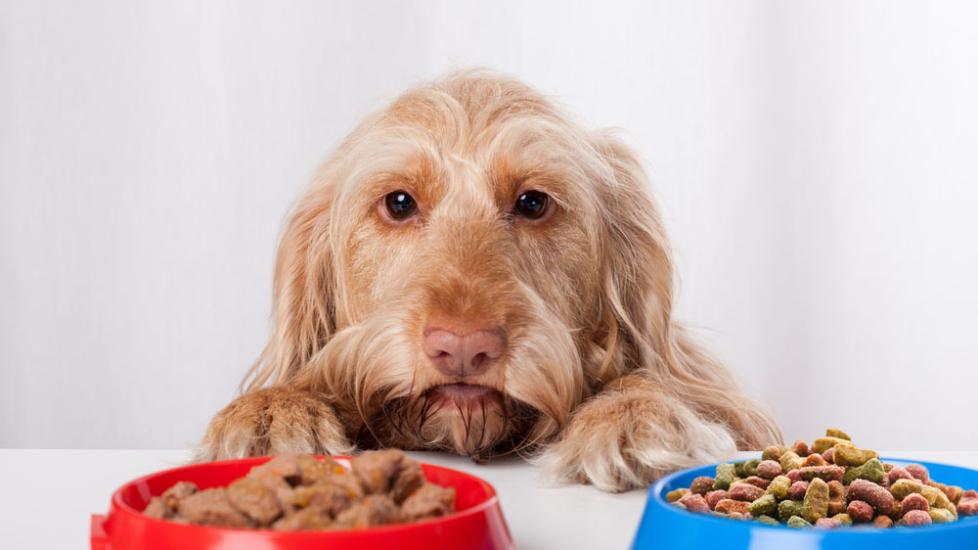All Fiber is Not the Same
Dietary fiber can be used to treat a variety of health conditions in dogs including obesity, anal gland impactions, diarrhea, and constipation. But all fiber is not the same, and adding the wrong type to the diet can actually make some problems worse rather than better.
Fiber can be divided into two major subcategories:
1. Insoluble Fiber
Cellulose, hemicelluloses, and lignins are examples of insoluble fiber. They are not digested and pass through the gut essentially unchanged. Insoluble fiber can help dogs lose or maintain body weight by increasing the volume of food they can eat without adding much in the way of calories. Insoluble fiber also adds bulk to the feces, which can stimulate movement within the gastrointestinal tract, making it helpful in some cases of canine constipation. Additionally, this increased bulk puts more pressure on the anal glands during defecation, which encourages them to release their contents in a normal manner, reducing the risk of impaction.
2. Soluble Fiber
Chicory, inulin, fructooligosacharides, pectins, psyllium, plant gums, oats, barley, beet pulp, and some types of fruits and legumes all contain soluble dietary fiber. The canine digestive tract doesn’t have much of a direct effect on soluble dietary fiber, but the bacteria that live in the large intestine break it down into short chain fatty acids that are a very important energy source for the cells that line the large intestine. Some types of soluble fiber are also considered prebiotics — substances that increase the prevalence of “good” bacteria within the digestive tract. These characteristics make the presence of appropriate amounts of soluble dietary fiber in the diet very important to the overall health of the large intestine and to the part of the immune system that resides there.
Therefore, it’s not too surprising that soluble fiber can be used to treat some types of large bowel diarrhea. In addition to promoting the growth of beneficial gut bacteria and healthy colonic cells, soluble fiber also absorbs water, which can help make stools more formed and easier for a dog to control. The symptoms of large bowel diarrhea include:
- having to “go” frequently but producing only a small amount of stool at any one time
- straining
- the presence of mucus or fresh blood in the stool
On the other hand, dogs with small bowel diarrhea tend to produce very large amounts of loose stool but do so only a few times a day. These cases tend to respond best to a low-fiber, highly-digestible diet.
Healthy dogs should eat high quality foods that contain both soluble and insoluble fiber to gain the benefits of both. If you think your dog’s stools and elimination behavior could use some improvement, try a different food that includes at least one soluble and one insoluble fiber source that I mentioned above in its ingredient list. Supplements that contain a combination of insoluble and soluble fiber are also available and can be used to good effect, particularly when making a wholesale dietary change isn’t advisable.
Talk to your veterinarian if you have any questions about the role that fiber should play in your dog’s diet.

Dr. Jennifer Coates
Image: Composite / Shutterstock
